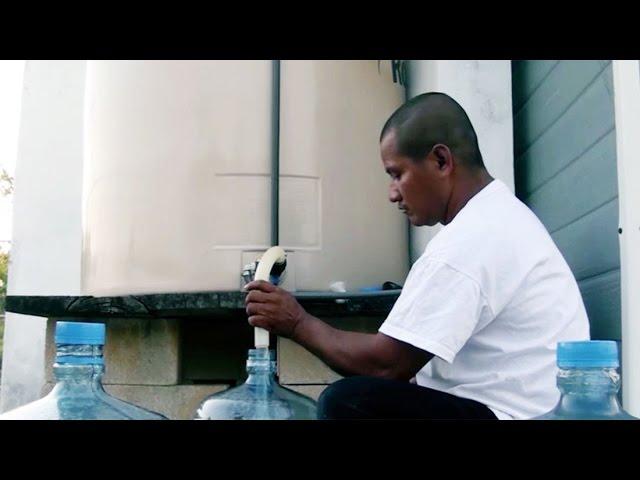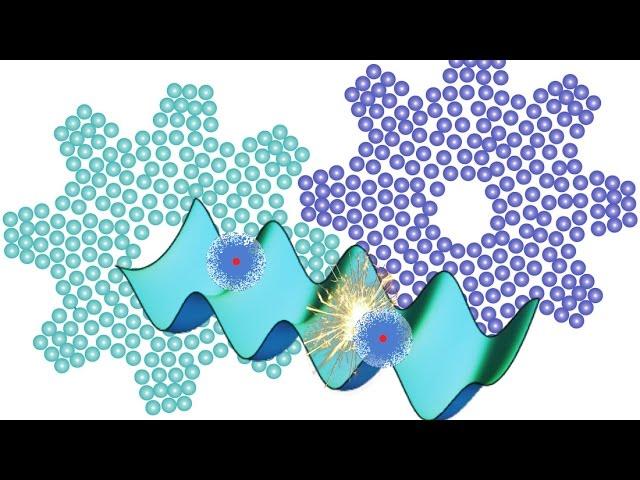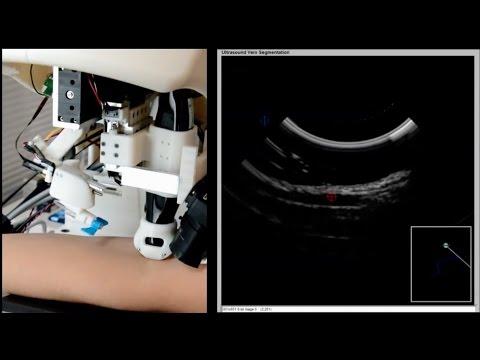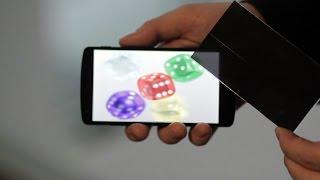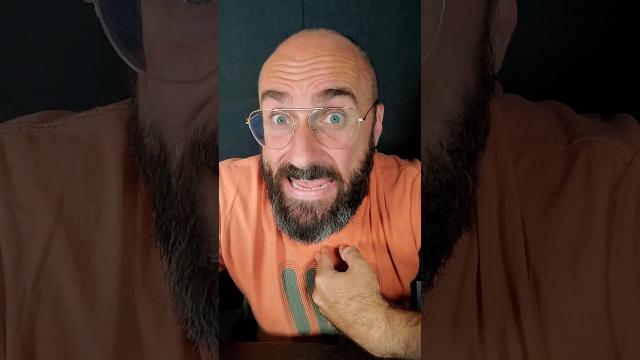Time Travel, Teleportation & Science
Time travel is the concept of moving between different points in time in a manner analogous to moving between different points in space, generally using a theoretical invention, namely a time machine. It has a commonly recognized place in philosophy and fiction, but has a very limited application in real world physics, such as in quantum mechanics or wormholes.
Although the 1895 novel The Time Machine by H. G. Wells was instrumental in moving the concept of time travel to the forefront of the public imagination, The Clock That Went Backward by Edward Page Mitchell was published in 1881 and involves a clock that allowed three men to travel backwards in time.[1][2] Non-technological forms of time travel had appeared in a number of earlier stories such as Charles Dickens' A Christmas Carol. Historically, the concept dates back to the early mythologies of Hinduism (such as the Mahabharata), Buddhism, and Islam through ancient folk tales. More recently, with advancing technology and a greater scientific understanding of the universe, the plausibility of time travel has been explored in greater detail by science fiction writers, philosophers, and physicists.
Teleportation, or Teletransportation, is the theoretical transfer of matter or energy from one point to another without traversing the physical space between them. It has a commonly recognized place in science fiction literature, film, and television, but as yet has a very limited application in real world physics, such as quantum teleportation or the study of wormholes.
Science (from Latin scientia, meaning "knowledge") is a systematic enterprise that builds and organizes knowledge in the form of testable explanations and predictions about the universe. In an older and closely related meaning, "science" also refers to a body of knowledge itself, of the type that can be rationally explained and reliably applied. A practitioner of science is known as a scientist.
In modern usage, "science" most often refers to a way of pursuing knowledge, not only the knowledge itself. It is also often restricted to those branches of study that seek to explain the phenomena of the material universe.
Source : Wikipedia
-
07:15
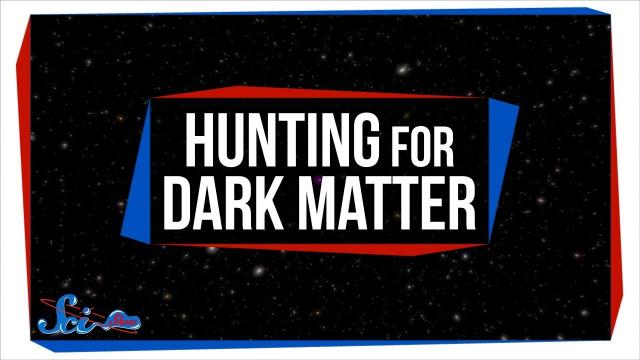
Updates on the Hunt for Dark Matter | SciShow Space News
Added 558 Views / 0 LikesThe hunt for dark matter is still on, and the candidates for it could be primordial black holes as massive as Earth, or axions, as tiny as the smallest subatomic particles in existence!Hosted by: Caitlin HofmeisterSciShow has a spinoff podcast! It's calle
-
00:59
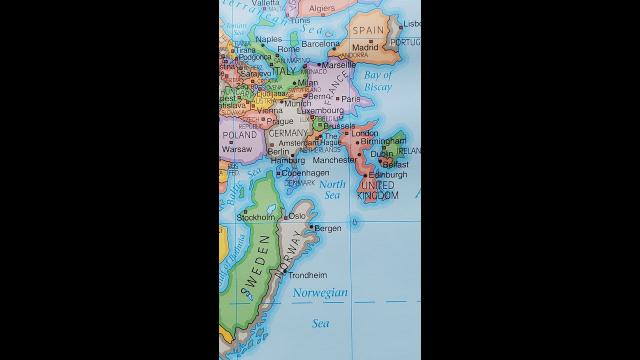
UPSIDE DOWN WORLD MAP #shorts
Added 175 Views / 0 Likes#shorts #NewZealand #upsidedown #cartography #geography
-
26:25
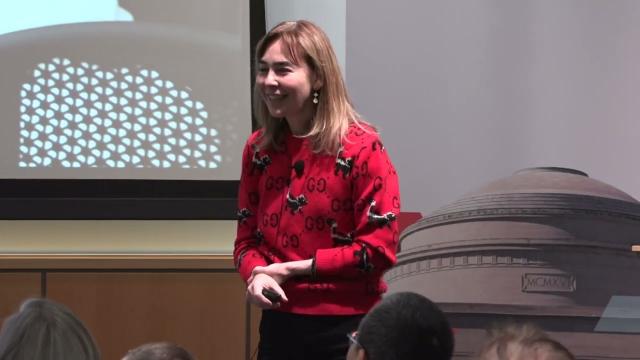
Using AI to Understand Neurological Diseases and their Therapies
Added 121 Views / 0 LikesProfessor Dina Katabi of MIT’s Department of Electrical Engineering and Computer Science discusses how AI can help us understand neurodegenerative diseases and the effectiveness of therapies used to treat those diseases.Watch more videos from MIT: http://
-
02:40
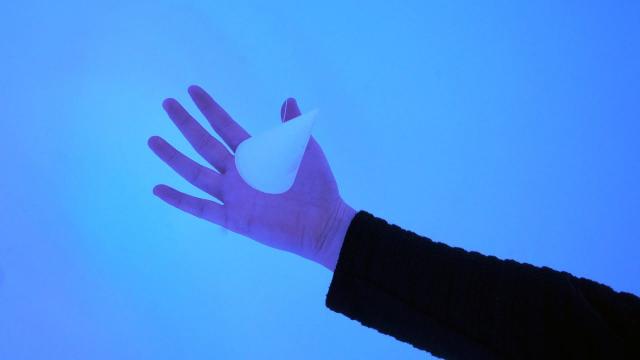
Using art to understand the brain
Added 264 Views / 0 LikesWatch more videos from MIT: http://www.youtube.com/user/MITNewsOffice?sub_confirmation=1The Massachusetts Institute of Technology is an independent, coeducational, privately endowed university in Cambridge, Massachusetts. Our mission is to advance knowled
-
06:35
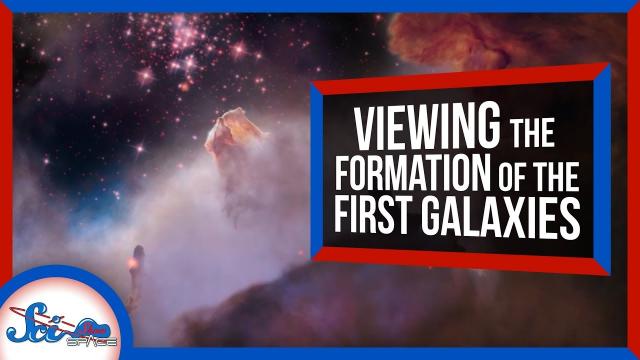
Using Galaxy Clusters to Look Into the Past
Added 382 Views / 0 LikesGravitational lensing has given us a look at a galaxy in the very, very distant cosmic past using x-ray light, and NASA finally got its ICON mission off the ground!History Pop: http://youtube.com/historypopStories Retold: http://youtube.com/storiesretoldH
-
05:18

Using Microbes to Mine Mars: The Future of Biomining
Added 305 Views / 0 LikesHumans have been using microbes to separate minerals from mud since the middle of the last century, so we know biomining works on earth. But how will these tiny miners work in microgravity? This video was sponsored by Skillshare. The first 1000 people who
-
04:56
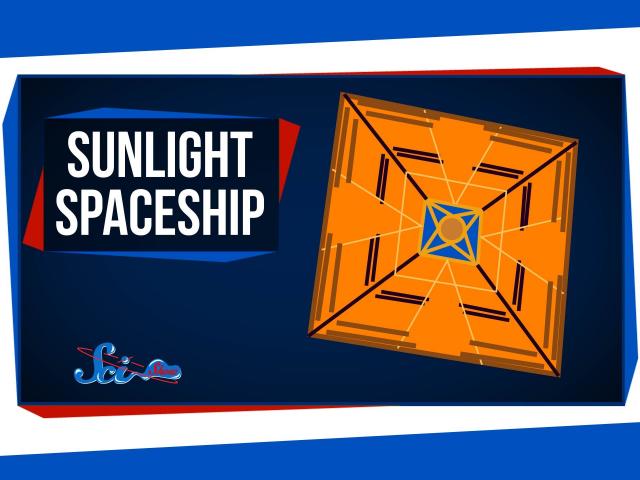
Using Sunlight to Propel Spaceships
Added 661 Views / 0 LikesUsing Sunlight to Propel Spaceships
-
00:19
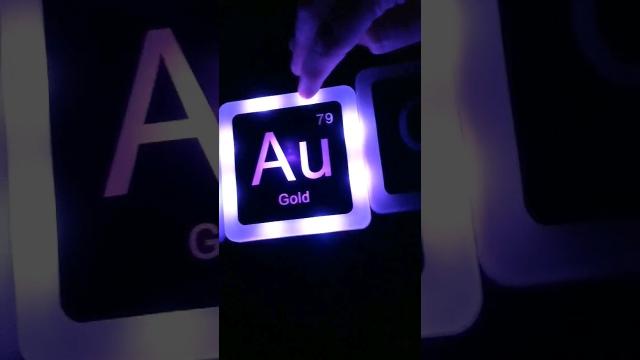
Vanadium Sulfur Gold Cerium
Added 185 Views / 0 LikesWe made these coasters almost 6 years ago, and I just found out that we still have some! You can pick them up here: https://www.curiositybox.com/products/glowing-beverage-elemats-coastersALSO: I talk about Vanadium, Sulfur, Gold, and Cerium in this video:
-
06:48
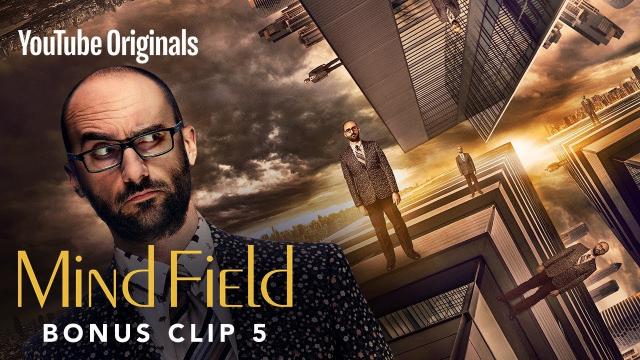
Virtual Dilemmas
Added 469 Views / 0 LikesMichael wrestles with two moral dilemmas in VR, designed by researchers Dr. Erick Ramirez and Dr. Scott LaBarge.
-
02:01
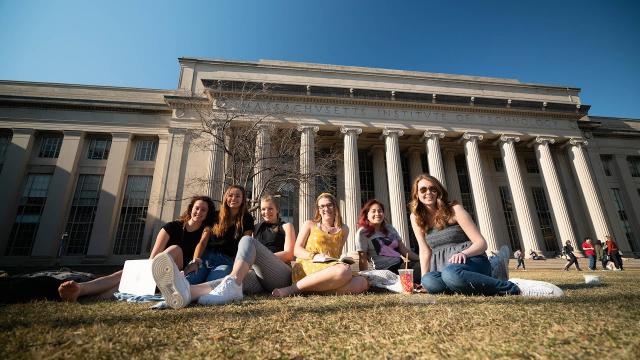
Virtual Hug
Added 490 Views / 0 LikesAs an MIT senior majoring in computer science, Ariel Levy was on course to graduate this spring alongside close friends. "I wouldn't trade the 3.75 years I had for anything," she tells them over Zoom, as they share a virtual hug and reminisce about a beau
-
02:49
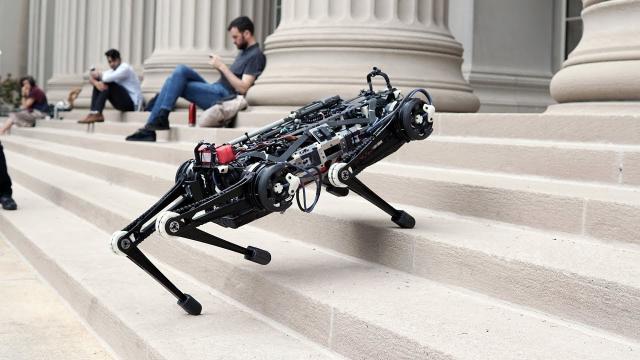
Vision-free MIT Cheetah
Added 550 Views / 0 LikesMIT's Cheetah 3 robot can now leap and gallop across rough terrain, climb a staircase littered with debris, and quickly recover its balance when suddenly yanked or shoved, all while essentially blind. Learn more: http://news.mit.edu/2018/blind-cheetah-rob
-
01:32
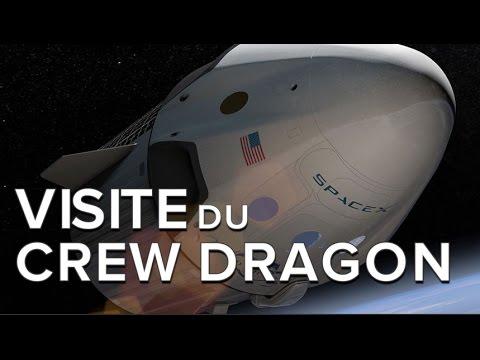
Visite Du Crew Dragon, La Capsule Spatiale De SpaceX Vouée à Emmener Des Astronautes Sur L’ISS
Added 753 Views / 0 Likes -
41:15
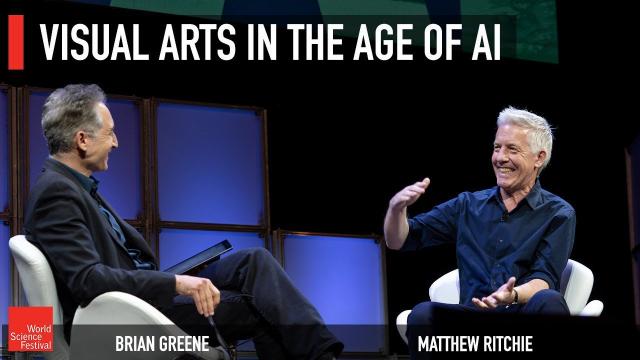
Visual Arts in the Age of AI
Added 106 Views / 0 LikesIs creative expression the exclusive domain of the human mind, or can artificial intelligence reach -- or assist humans in reaching -- the enigmatic brilliance of artistic genius? Renowned multimedia artist Matthew Ritchie joins Brian Greene to delve into
-
02:47
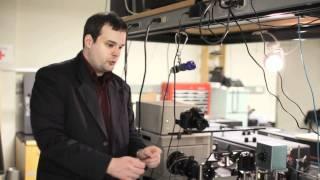
Visualizing video at the speed of light— one trillion frames per second
Added 727 Views / 0 Likes

